October 20 marks thirty days since Hurricane Maria barreled through Puerto Rico, stripping the lush forests of their leaves, limbs, and even bark and toppling utility poles like fallen dominoes in a line. Pictures can’t do justice to the damage. The devastation looked much like a war zone. Federal, territory and private sector partners steadily are making progress in restoring healthcare services to the island after the destruction wrought by the storm.
Initially, 100 percent of the island was without electrical power. Today, roughly 17 percent of the island has power and major roads are open, although back roads are still being cleared. I had the opportunity to witness this firsthand, and I was overwhelmed by the resilience of the people of Puerto Rico. They survived the storm and are moving forward steadily to rebuild their communities.
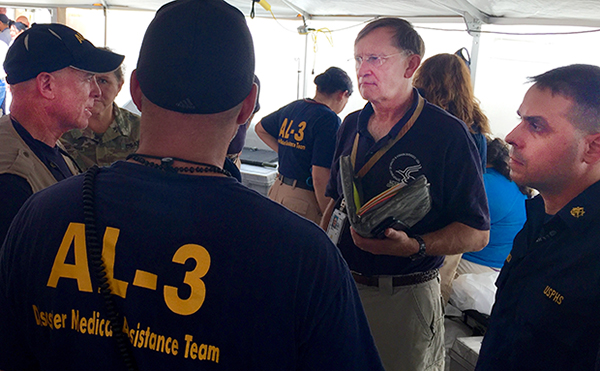
Most people think of the federal government as swooping in to save the day. In reality, all disaster responses are led by the local, state and territorial officials. When the needs go beyond their resources, they request federal assistance. As the lead agency for the federal government’s public health and medical response, we have three priorities in Puerto Rico: save lives, stabilize the health care infrastructure, and restore health care services.
To save lives, we have coordinated with the Puerto Rico Department of Health (PRDOH) and local hospitals to overcome unprecedented challenges and make progress. We dispatched medical equipment, supplies and personnel from our National Disaster Medical System and U.S. Public Health Service to areas where they were needed the most – where hospitals were struggling to provide care after the storm. Initially half to a third of local medical professionals were unable to report to work. That’s changing as roads clear.
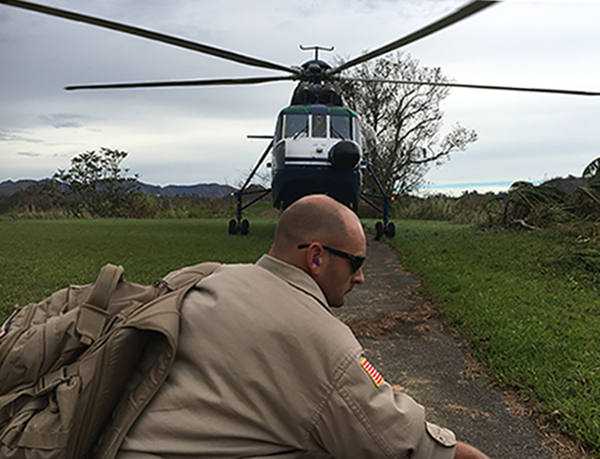
As I toured our sites throughout Puerto Rico, I saw HHS teams performing in the most austere conditions. They set up tents near emergency departments at hospitals with no power, no air conditioning, and some with significant structural damage. They worked together with local doctors and nurses to provide the care residents needed after one of the worst disasters in Puerto Rico’s history.
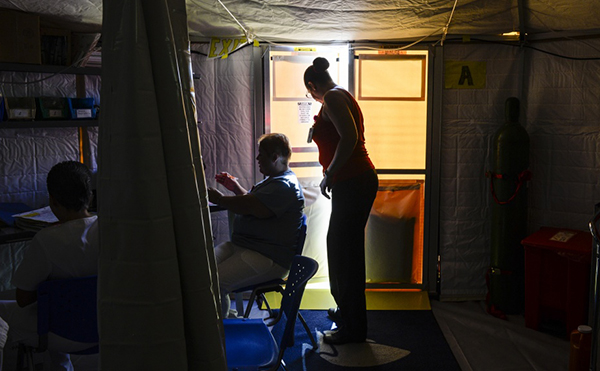
At one point after the storm, our teams were working at a hospital that completely lost power while they had more than 50 patients. Our team began to manually ventilate several ventilator-dependent patients to keep them alive. Four other patients at the hospital were in an operating room when the power went down, and they, along with more than two dozen others with critical needs at the facility had to be transported by helicopter to USNS Comfort, a Navy hospital ship with excellent trauma care for patients. Patients are transported to Comfort or a medical facility in Puerto Rico when they need a level of care beyond what is available at their local hospital or clinic.
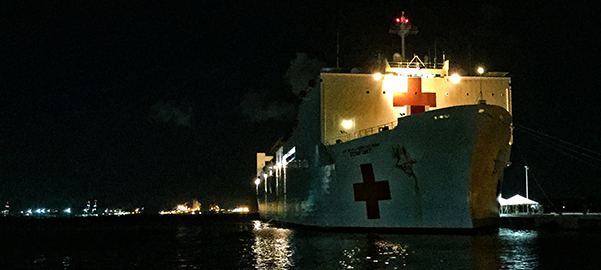
Our teams went into communities to find people who needed medical care but didn’t know that temporary medical facilities had been set up to care for residents. Smaller health and medical task forces walked through communities and knocked on doors to let people know care was available. In the first 30 days, HHS, along with the Departments of Defense (DoD) and Veterans Affairs (VA) collectively cared for over 8,700 patients in Puerto Rico.
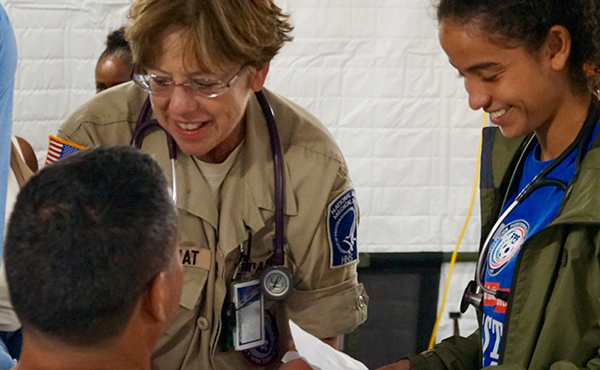
Now, in some locations, we are working alongside medical professionals from New York hospitals – volunteers who were coordinated by the Greater New York Hospital Association and deployed under an emergency medical assistance compact, an agreement between Departments of Health in New York and Puerto Rico.
To help in the emergency situation, VA clinics even opened to civilians as well as veterans and their families.
Some patients need care after they’re discharged from a hospital and with their homes destroyed have no safe place to go. Working with our partners at the Centers for Disease Control and Prevention and VA, we have set up Federal Medical Stations in key locations to care for patients like these until they can return home or reunite with family elsewhere. These sites are being staffed by our outstanding U.S. Public Health Service Commissioned Corps officers, medical professionals from the VA, and Puerto Rico Medical Reserve Corps volunteers.
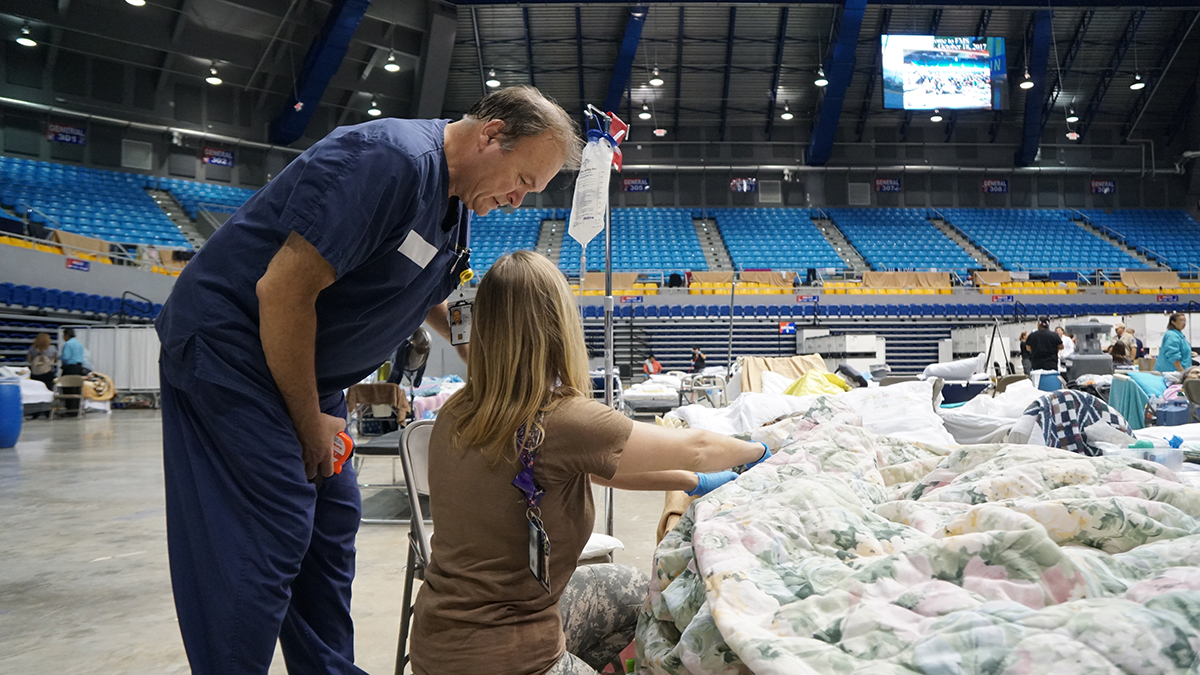
One of the common reasons people visit hospitals or our temporary medical facilities after disasters is lost or damaged medication for chronic health conditions. To help, we activated the Emergency Prescription Assistance Program, which pays for prescription medications for people without health insurance who are affected by disasters. In Puerto Rico, 750 pharmacies are participating and more than 900 prescriptions have been filled so far.
To stabilize the local health care infrastructure, we are working with PRDOH to help restore public health and health care services so they become self-sustaining.
We worked with federal partners so that medical supplies and fuel delivery to hospitals and dialysis centers received priority. This includes fuel for hospital suppliers as well as hospitals.
About 60 percent of hospitals are on grid-power today; almost all others are on generator power and a few are still closed due to structural damage. Rebuilding the island’s electrical grid will take months. To help hospitals remain continually open, we are working with the state and with federal partners to provide generators designed for long-term use as back up to the short-term generators the facilities have.
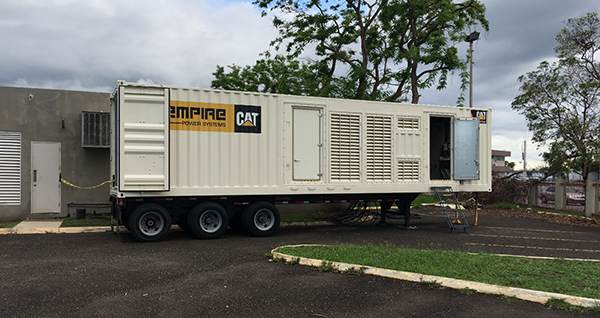
We continue to work with private sector to get fuel and supplies to dialysis centers and clinics. Today, almost all dialysis centers report that they are fully operational (although on generator power) and they have returned to providing full treatment sessions for dialysis patients.
We’ve done much more behind the scenes for pharmaceutical manufacturers and health care facilities so they in turn can help the people of Puerto Rico. We have been working closely with manufacturers of critical medical products to identify potential disruptions and to support their efforts to maintain the availability of critical healthcare products upon which residents of Puerto Rico and the continental United States rely. HHS’s Food and Drug Administration also worked with private sector partners to cut through red tape to allow pharmaceutical manufacturing to be shifted from impacted facilities to facilities outside the areas hit by the storms.
We are committed to continuing to work with the governor, mayors, the Puerto Rico Department of Health, local health care providers, and the private sector to help communities in Puerto Rico recover.


